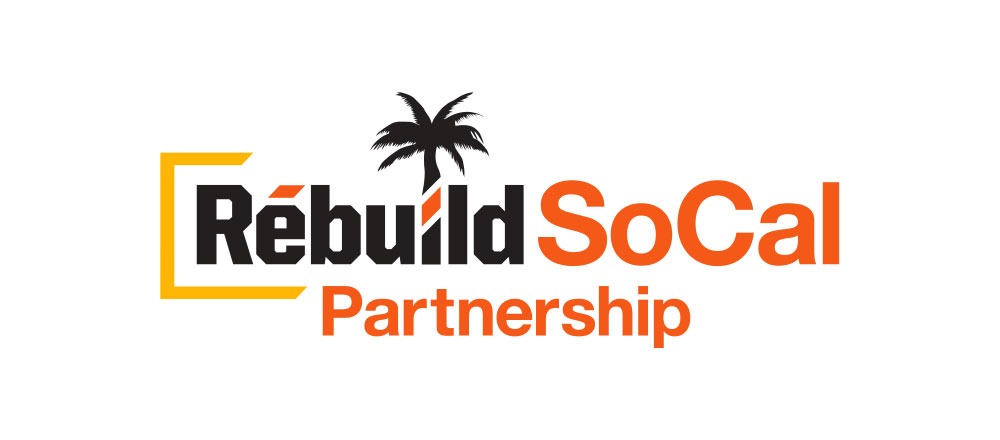Tapping Different Options
As California and eight other western states face severe drought, the nearly 60 million people affected must now seriously consider ways to access life’s most precious resource. While we can’t be faulted if Phil Collins’ “I Wish It Would Rain” keeps repeating in our heads, there are practical options for finding and saving water. An opinion piece in The New York Times recently noted, “The good news is that even if we cannot stop drought, we are not powerless before it. Experts foresee technologies that would allow for greater conservation and reuse . . . and even grand breakthroughs like much cheaper desalination.”
Historical perspective
Unlike other natural disasters that grab our attention, like floods, tornadoes, and hurricanes, drought “sneaks up on you” and in comparison gets such little respect that Dr. Donald A. Wilhite, a Nebraska climatologist, calls it the Rodney Dangerfield of natural disasters.
The Golden State is no stranger to horrible drought conditions. The most significant statewide multi-year droughts occurred during 1918-1920, 1928-35, 1947-1950, 1987-1992, 2000-2002, and 2007-09. But as the population grows in California and other neighboring states, and climate change brings more heat and less rain, this time around is different.
Saving what we get
Individuals can conserve water by making changes in their water usage. For example:
- Take short showers instead of baths.
- Turn off the water to brush teeth.
- Repair leaky toilets and dripping faucets.
- Do full loads of laundry.
- Adjust sprinklers so they only water gardens and not the sidewalk or street.
Additionally, infrastructure in SoCal focuses on stormwater conservation. Los Cerritos Channel Storm Water Capture Facility, the first facility of its kind in Los Angeles County, captures up to 166-cubic-feet-per second of stormwater into a series of underground concrete storage chambers. Water from streets, parking lots, and other surfaces in Long Beach and Signal Hill is collected in the facility located near the Long Beach Airport. The liquid is treated to pull out metals and bacteria so it can be reused for drinking and other household purposes. When running at full capacity, up to 134 acre feet of water can be stored (one acre foot is roughly equivalent to the amount of water in an eight-lane, 80-foot-long swimming pool).
Recycling water
The practice of recycling paper or plastic is more commonplace, but infrastructure in California is now working to recycle water. As Los Angeles Mayor Eric Garcetti said during an episode of MSNBC’s “Street Level U.S.A.” he likes to refer to it as “showers to flowers” instead of “toilet to tap.” Whatever phrase you use, the process is the same: taking wastewater from sinks, showers, appliances, and (yes, it’s true) toilets, from homes and businesses through stages of treatment of disinfection until it is again potable water.
In addition to the water recycling by the Los Angeles Department of Sanitation, the U.S. Environmental Protection Agency’s (EPA) Water Infrastructure Finance and Innovation Act (WIFIA) has loaned $388 million to the East County Joint Powers Authority in San Diego County to process and purify wastewater. The East County AWP Program’s state-of-the-art technology will generate up to 11.5 million gallons per day of new drinking water, approximately 30% of the current drinking water demands for East San Diego County residents.
Desalination
With a 1,100-mile coastline, Californians often believe all we’ve got to do is look west to solve our water problems. The state has 17 desalination plants in the works; they are either operational, partially constructed, or in the planning phase.
The Claude “Bud” Lewis Carlsbad Desalination Plant is the largest in the United States. Every day 100 million gallons of salt water is sent through semi-permeable membranes in an effort to create 50 million gallons of fresh water. That’s approximately 10% of potable water for the 3.1 million people in the region.
But as tempting as it would seem, the ocean cannot solve all the water needs in California (or the world as nearly 700 million people suffer from water scarcity). Researchers are working to design a more efficient and affordable desalination process, but it currently uses more energy and is more expensive than traditional sourcing methods. The impact desalination has on the atmosphere, ocean, and marine life is still not completely known. For these reasons, desalination is a hotly debated issue.
With the impact of climate change also uncertain and as drought persists and water tables decrease in California and throughout the U.S., the pros and cons of desalination are being weighed. For example, The Los Angeles Times reports Gov. Gavin Newsom is pushing for a new desalination plant in Orange County over the objections of environmentalists. The controversial Huntington Beach plant seems to be moving forward as a key permit was issued in April. It is estimated that this plant would produce potable water for nearly a half million Orange County residents.
“The Governor has spoken many times about the importance of … ensuring the sustainability of California’s water supplies,” Newsom’s office said in a statement regarding the plant. “Regions across California must continue to innovate on local projects as climate change makes our state’s water supply more unpredictable.”
Learn more about water conservation tips and stay up-to-date on other important infrastructure issues by signing up for the Rebuild SoCal Partnership newsletter. Follow us on Facebook, Twitter and Instagram, and listen to The Rebuild SoCal Zone podcast.

